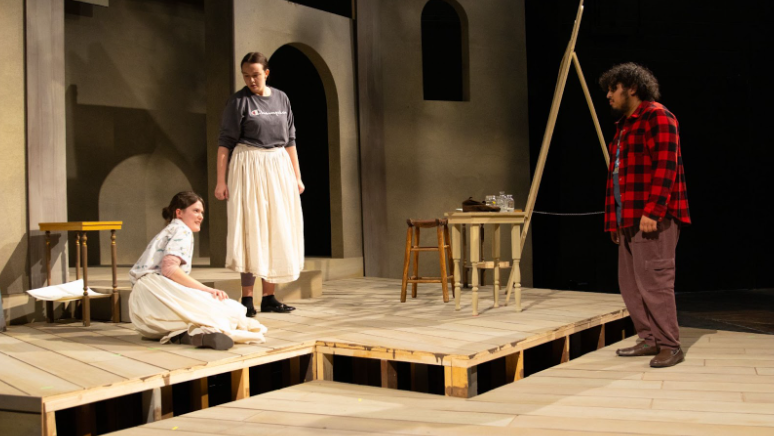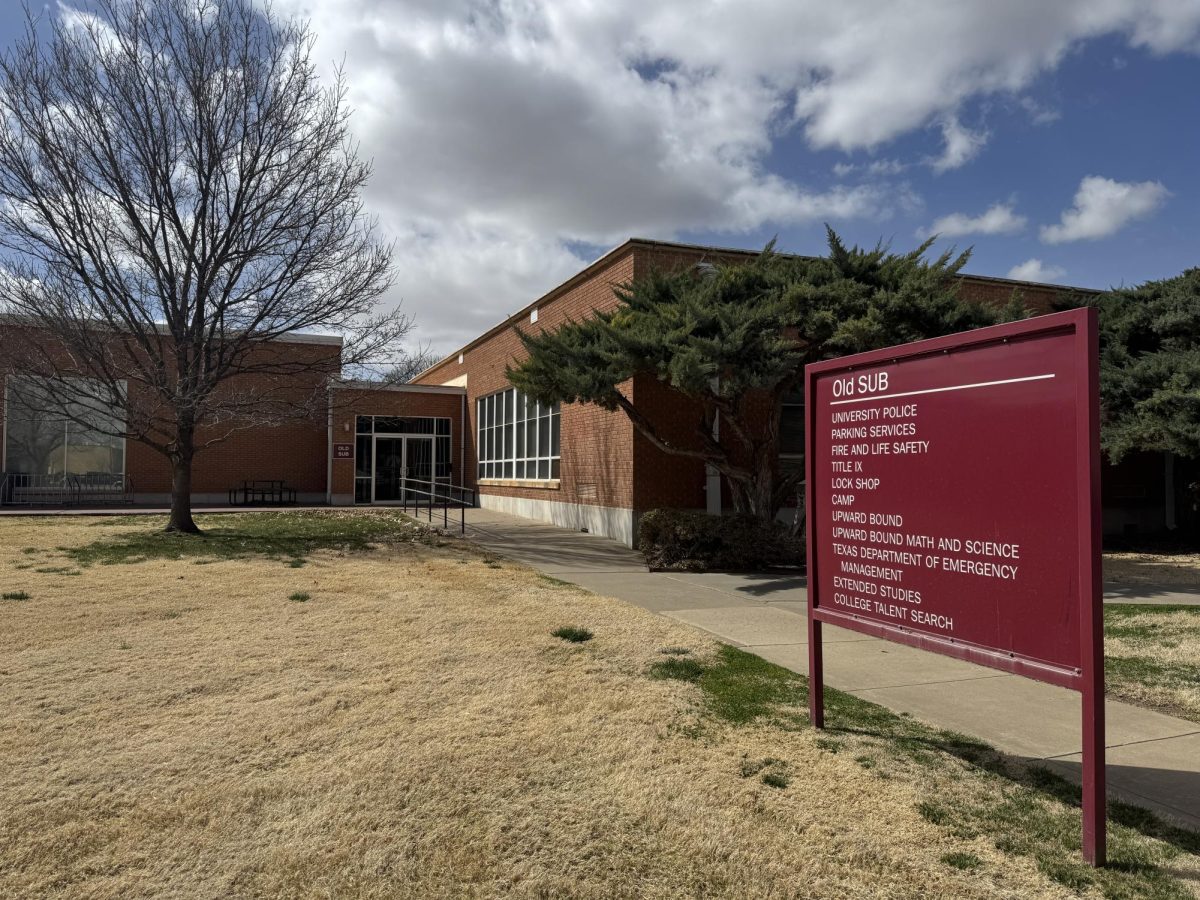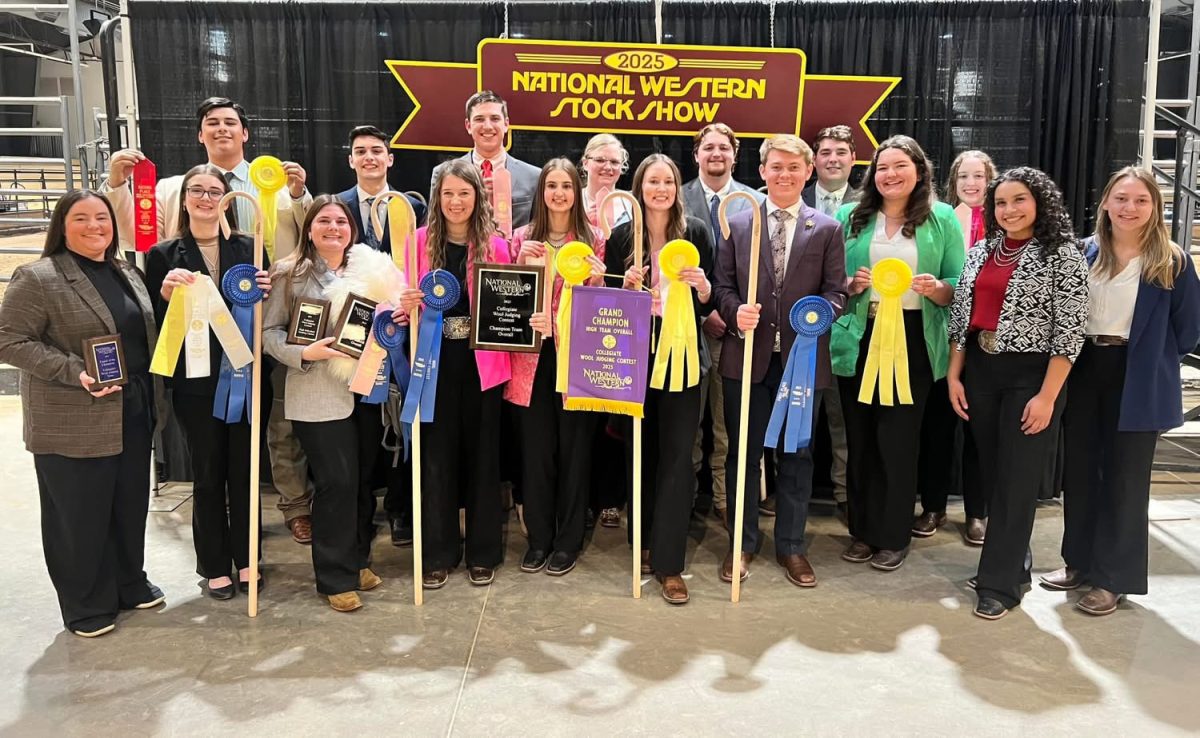
For the world of science, cloning has been one of the many things that has slowly started to become a hurdle that only the brave dare to jump. Ty Lawrence of the WTAMU agricultural department and Dr. Gregg Veneklasen of Randall County are leading the way.
“The focus now is growing the cloned animals that we have [three of the heifers and one bull, Alpha]. They are all about one to one and a half years old,” said Dr. David Lust, Assistant Professor for Agricultural Science.
Last year, the Ag Department cloned one bull and two heifers whose DNA came from beef that was taken from commercial slaughterhouses around the country.
“We are in a waiting phase now, while the heifers are growing,” Lawrence, Associate Professor for Agriculture Sciences, said. At the moment, WT is in the waiting stage while the heifers grow into puberty. Once the heifers reach puberty, they will be crossed with Alpha, the bull, to generate what is called an F1 cross. Meanwhile, the Ag Department is working to clone an additional heifer and bull carcasses.
“We do not yet know what the outcome will be,” Lawrence said. Scientists have been cloning animals since 1996. The first cloning experiment happened successfully, with a sheep named Dolly in 2001. In 2008, the Food and Drug Administration approved animal cloning for food consumption.
Now, WTAMU is the only university that is participating in this particular project that takes DNA from the carcass to produce a clone.
“Problems we have had are just those typical of reproductive biology. Not every attempt results in a live cloned calf, but our results have been typical of other industry cloning projects. Newborn clones require careful neonatal care, which we have been able to provide,” Lust said.
“We are interested in the growth and quality/yield grading characteristics of the progeny of the clones,” Lawrence said.
Usually, a clone is produced by extracting DNA from a live specimen and inserting the DNA into a surrogate. The technique that WTAMU uses starts on the opposite end of the spectrum, extracting the DNA from a Prime and Yield grade 1 carcass.
“If we are successful in generating progeny that are a higher percentage of Prime and Yield grade 1 than the current cattle population, than those progeny might be desired by the marketplace,” Lawrence said.
At the moment, the outcome is that WTAMU has four cloned cattle that are developing normally.
“The objective is to produce a new line of cattle that have outstanding potential to be both Prime [meat with the highest grade for eating quality [flavor, juiciness, tenderness]) and to be Yield Grade 1 [the highest grade for muscle: fat ratio, more muscle and less fat]. We do not know how this will affect the market – since we only have four of these cattle we would not expect any immediate impact on the market,” Lust said.
“The cattle have potential to be very efficient, producing meat very efficiently on less feed. If the potential develops, then the industry may be able to produce very lean and high quality beef more easily, and more efficiently,” Lust said.
At the moment, WTAMU and the Ag Department do not know of anyone that is opposed to the project, though other schools have shown interest. The process of cloning cattle has been done for more than 10 years and has been accepted in the beef industry.
“Due to the fact that there have only been a few, the composition of food products from cattle, swine, and goat clones, or the offspring of any animal clones, is no different from that of conventionally bred animals,” states the FDA website. Genetically speaking, clones are no different than identical twins. Of course, there may be people that are suspicious of cloning.
“Our project is unique in that we chose to clone animals that are rare in their ability to be in the top meat grades [Prime and Yield Grade 1],” Lust said. According to Lust, the process that is being used is no different from the cloning procedure that has been used for cattle previously.
“The biggest problem thus far has been finding the carcass to clone,” Lawrence said. The carcasses that are being searched only occur at a rate of 0.03 percent, a standard that is exceedingly low.
Not every attempt results in a live cloned calf, but our results have been typical of other industry cloning projects. Newborn clones require careful neonatal care, which WTAMU has been able to provide.
“I am extremely pleased with the progress that our team has made toward this endeavor,” Lawrence said.







